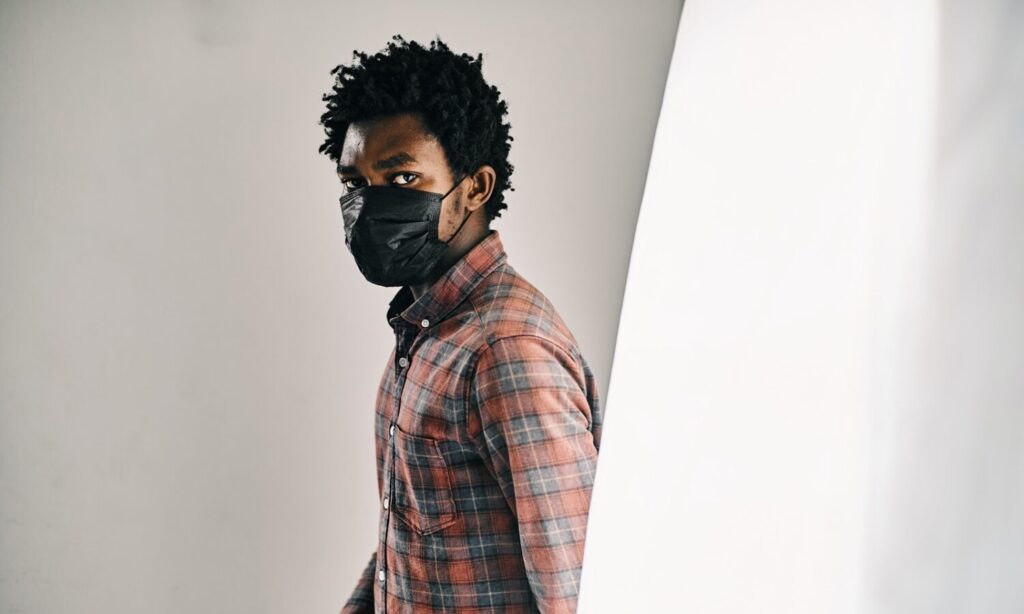
In partnership with The Fresh Toast
Two new Omicron variants are leading the charge in COVID cases in the US. One of them is of particular concern to scientists.
Two new Omicron variants are currently leading infections in the US, and one of them is being called “the worst version of the virus” scientists have seen.
The new variants are Omicron BA.4 and BA.5, with the latter being the one that has scientists on high alert due to its ability to evade immunity.

RELATED: Here’s One Place You’re More Likely To Catch COVID
Fortune wrote about BA.5, picking up on a newsletter written by Dr. Eric Topol. “It takes immune escape, already extensive, to the next level, and, as a function of that, enhanced transmissibility,” he wrote. Topol is a professor of molecular medicine at Scripps Research.
“You could say it’s not so bad because there hasn’t been a marked rise in hospitalizations and deaths as we saw with Omicron, but that’s only because we had such a striking adverse impact from Omicron, for which there is at least some cross-immunity,” he wrote, referencing the current Covid numbers that are being reported across the country.
According to the Centers for Disease Control & Prevention (CDC), Omicron variants B.4 and B.5 are expected to have caused 52% of Covid infections last week. While it’s difficult to predict the variant’s response to vaccines, experts believe vaccinated people are likely experiencing a drop in protection, higher than the one experienced by previous Omicron variants.
When discussing variant B.5, it’s unknown how vaccines perform against it.
B.4 and B.5 are spiking in places all over the world, but you wouldn’t know it, because they’re occurring at the same time as previous variants are declining. This gives the impression that the wave is stabilizing instead of one variant replacing the other.
RELATED: CDC Shares Weird Protective Guidelines For Having Sex With Monkeypox
New Omicron variants present similar symptoms as the original Omicron strain. They include fever, loss of smell, and fatigue, with less of a focus on respiratory complications. While the disease is still something to contend with, it’s not as dangerous as it was at the start.
Read more on The Fresh Toast
Advertising disclosure: We may receive compensation for some of the links in our stories. Thank you for supporting Irvine Weekly and our advertisers.
